We had the pleasure of conversing with a one-of-a-kind artist, Scott Kahn. We talked about how the pandemic has affected his artistic routine. Also, we delved into the worlds of his art and magical universes, searching for the connections at the base of art and life, always inextricably linked to each other.
Among the most renowned names in contemporary American art, Kahn has built a unique artistic and expressive language. His painting is chimerical, dreamlike, imaginative. The manifestations of his creative quintessence find inspiration in the portraiture and landscapes, nature, intimate spaces. These signs find space in diverse layers of colors that emerge in vivid canvas, incredibly intense. We thank Scott Kahn for this interview.
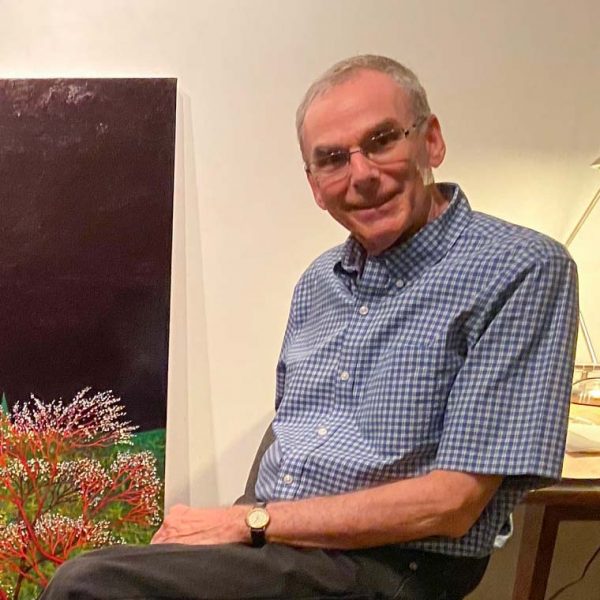
The allegorical and symbolic charge in your works is notable. Can you explain this choice and what is, according to you, the intersection of visual art and poetry?
I had a particular interest in dreams, yin-yang symbol symbolism – and I guess I’m still painting in this kind of symbolic dreamlike way. You know, to me, it’s an elevated way to present my experience, and most importantly, it’s just my nature, and I can’t fight my nature. You might say it’s a subtext. It’s the way it’s reported to the viewer that suggests something beyond what is actually being seen. If I’m really successful, the painting achieves some poetic transcendence.
You said to consider your work to be a visual diary of your life. How do you choose which images to represent? What is the process that leads you to a choice in the representations you carry into your art?
I wait for inspiration to pick up the brush and put it on canvas. It’s a little magical and mysterious. I often have to wait for that inspiration, that moment. The impulse that gets me to the canvas generally comes from something very recent in my life. Something I’ve seen, maybe even frequently. It could be a feeling. I don’t consider myself a conceptual artist, but I certainly want to express some symbolic and philosophical meaning through my work.
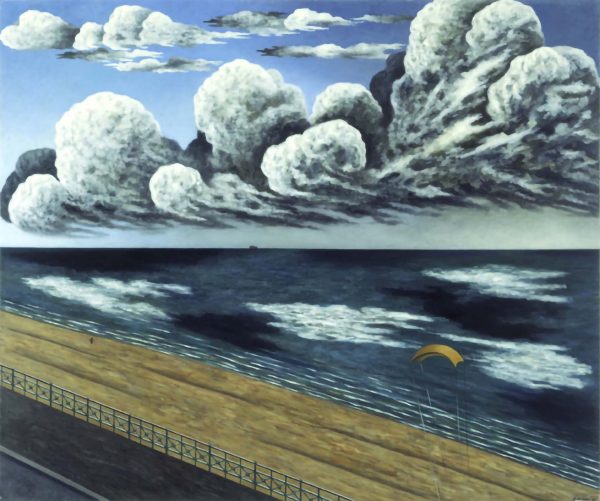
Covid surely affected, among many others, the world of art. How did your practice change during this period?
For sure, it has. At the moment I’m working at home, painting smaller pictures on panels. I started working this way, and I love it. However, I’m really craving to get back at my studio in Brooklyn. I got a big canvas all prepared, ready to go. Generally, I very much like and find inspiration in nature but now I opened to news subject, like interiors. I did a couple of painting from the park, but mostly I find inspiration in my immediate environment. When I look down from my window, there is a garden, I look through leaves and branches. My view is more westerly, so I see the sunset at night, and sometimes I get up early to see the sunrise in the morning. These are the things I’ve been relying on for subject matter.
I’m too close to my current work to assess it, but I think it’s shifting a little bit, becoming more experimental, in a way very surreal.
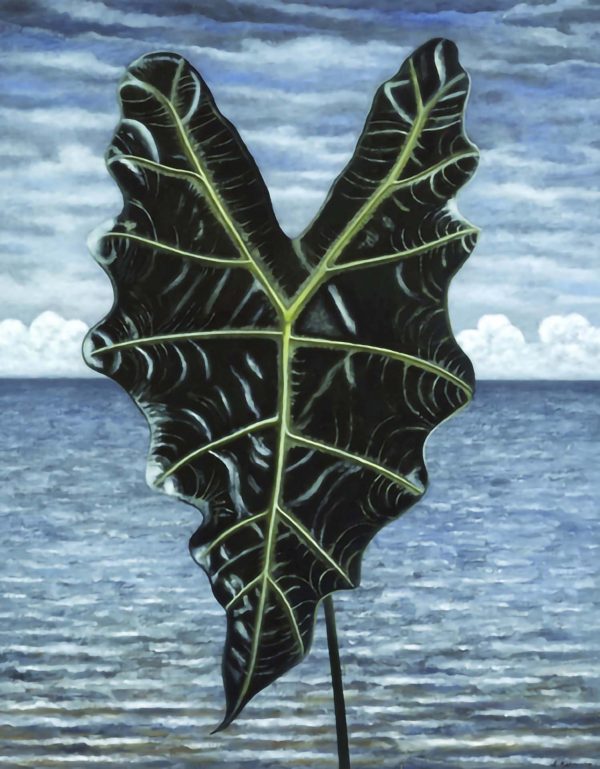
Why is it important to relate events that had actually happened to you?
I have to wait to experience and see something that moves me to feel inspired. What I think is, if I don’t feel driven by what I’m trying to express, how can I expect the viewer to be compelled?
Portraiture is an important part of your production. How did you approach it?
I wondered: where do I begin? I started from myself! The first painting from life was a self-portrait. It was a small painting, it was an abstract painting originally, but I painted over it. Then I moved, and I started with landscapes. It has been four years where I taught myself to paint from life. I wanted to paint everything: I painted the interiors of the tiny apartment I had when the weather wasn’t good, I painted portraits, I asked the woman who was living downstairs to sit for a portrait, I painted all the traditional subject matters, but I was obsessive, I painted every leaf as I saw it as accurately as I could. I sold all those paintings, but while photorealism became popular and my art just brought me somewhere else.
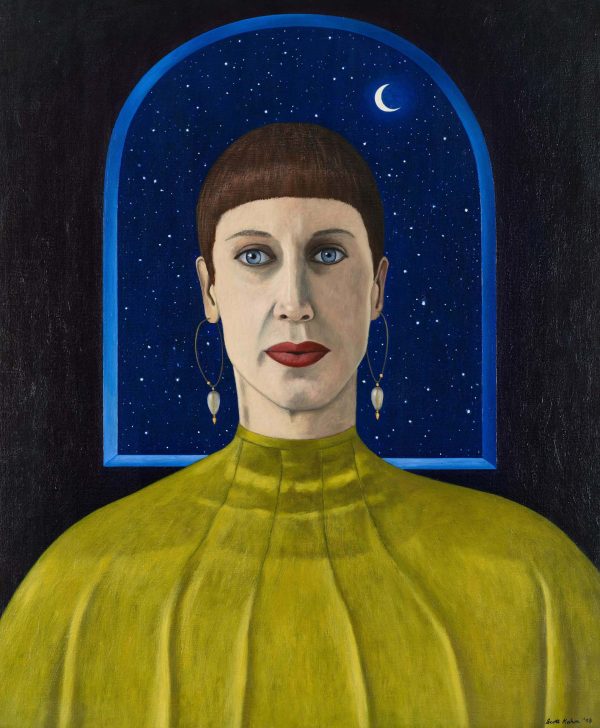
Everybody thought I was a photorealist, and I had to revaluate myself again. I had exhausted the abstract art four years previously, had to discard my practice’s driving element, and now a new challenge came by! My work was photo-realistically looking, but I wasn’t using photographs. I was painting from observation. It bothered me because I think the main thing in art is to be uniquely yourself and not being summed in categories or movements.
I moved again, and a new period started; I painted in my studio, and there were no trees, no landscapes out the windows, there was NY. So I began to rely on my memory and imagination, which was the beginning of really finding my new voice.
What are some of your early influences?
There was this very famous artist in America, his name was Alexander Brook in the 30ties and 40ies he was one of the most famous and successful artists in this country. I used to paint on his property in Long Island, and he once said to me, “it’s best to have no Gods.” I have always been ispired by classical European artists, who stood the test of time. To be honest, I can’t say one artist or even a group of artists influenced me stylistically, but I always admired art that creates an illusion. I like the idea of two dimensional flat where you can make these otherworlds with perspective, form, color, and light.
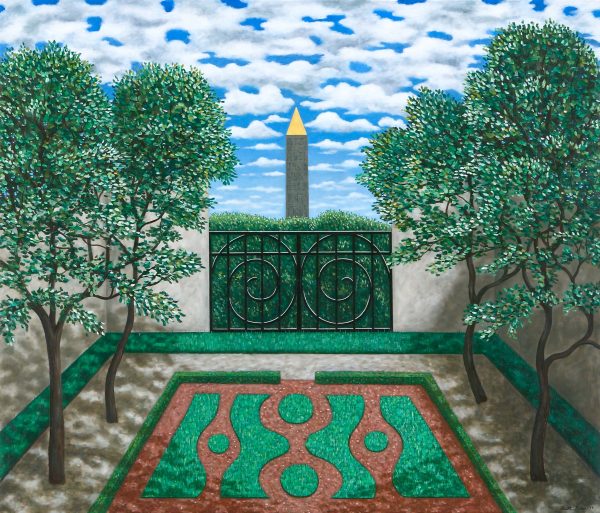
At the top of the list, I would say Van Gogh. Every of his painting makes me feel like my soul has been stabbed. It’s so moving and so compelling. When you see one of his paintings, it’s like there is no distance between your soul and the artist’s soul. It’s that straightforward and that direct.ù
What part does education play in an artist’s work?
I consider myself a self-taught artist. I admire the concept of death and poetry. You could say that artists are self-taught to the extent that whatever education they had, eventually, to find your voice, your unique voice, you have to throw up your education. I think the process for anyone, for any artist of substance, is to throw off the masters, as Alexander Brook said. The main thing I consider to be valuable about going to school, about getting an education of every sort, is that it gives you some technical skills, but ultimately I went through this project more consciously in my 20ies: you have to find your unique artistic nature.
I think in a way it’s hard to avoid when you are young and sometimes impressionable, as a student, to prevent admiring artists who are well known and successful, who achieved fame, whether they are contemporary or recently dead. I admired Hans, Hoffman, Nolan, Stella. When you are a student, you kind of emulate what they are doing. I was working with acrylic paint, I was using masking tape, but, you know, I wasn’t yet aware of the need I had to have my work reflect my life and the circumstances of my life. I went through a several-year process to learn that.
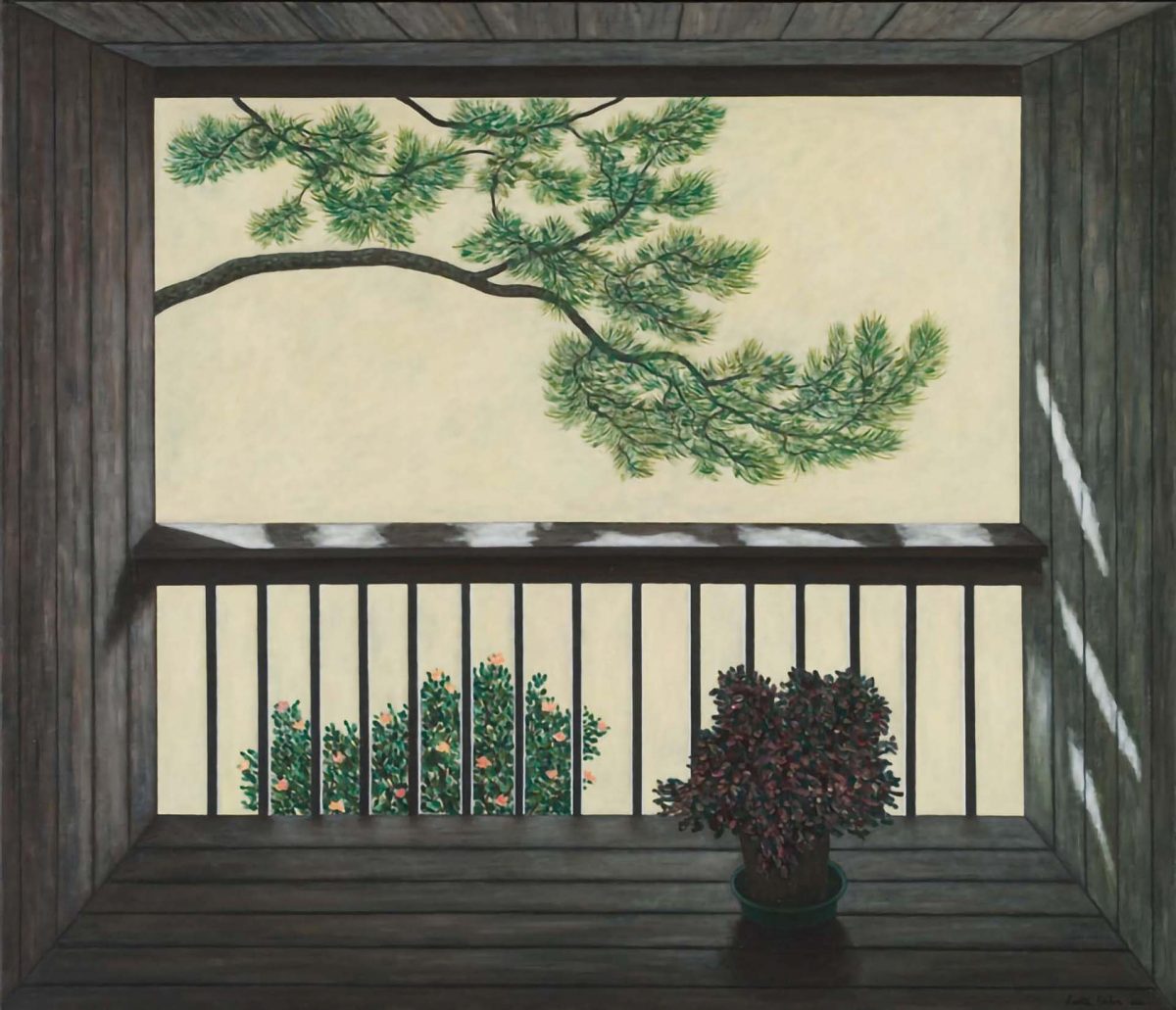
When I finished school, I traveled a bit, came back to NY, was still an abstract painter, was still emulating, and experimented a little bit with sculpture, installation and then I finished my education. I came back to NY after traveling, and I realized that those abstract paintings weren’t reflecting what I was living and the world around me.
Fortunately, I went to an art foundation at the end of Long Island and met Edward Albee. I was the only painter there. There were all playwriters. In that period, I quit the abstract mode. I felt exhausted. I reached a point where the abstract was meaningless to me. This was a blessing in disguise; from that point, a new era began in my art.
How is doing art in NY?
When I first came to NY, all the galleries were in the upper east side, and over the years, they moved to different neighborhoods, and now they are all over the place. At first, when I was a student in the city, you could pretty much cover the gallery scene almost in a long afternoon between the upper east side and 57th street, and that was it! The whole art world changed, the internet contributed a lot to that.
Your art is dreamlike, imaginative. It’s almost like taking off pre-established filters and finding the immediate and straightforward language of childhood. Do you think your art identifies itself to some extent with the world of children?
I paint to understand myself and the world around me. That’s what children have to go through. As they develop and get older, they absorb these life experiences, and they come to an understanding. I cherish life and cherish freedom more than anything, and I feel very freedom as an artist to have total freedom when working. I think we all get trapped into some system or another to survive. It spends so much of your energy and time just needing those basic requirements but having total freedom and nobody telling you what to think. When I’m standing in front of a painting, even if it’s for an hour or two or three hours, I feel blessed. Funnily this all relates to the childlike nature of art.
Scott Kahn’s artworks on RDN Arts: Scott Kahn paintings